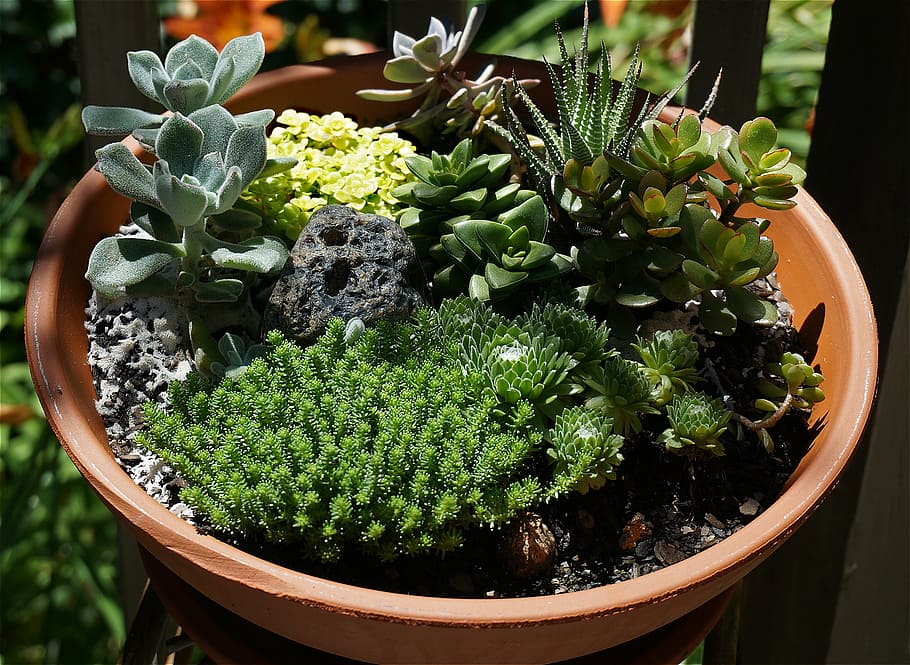Growing Peppers Indoors – Guidelines & Tips
Gardening is a rewarding pastime, and it isn’t just limited to outdoor spaces. Growing peppers indoors requires some planning and attention, but it’s possible to enjoy the spicy pungency of peppers right in your home. With a few tips and guidelines, your thumb can be greener in an indoor environment.
Getting Started
When you’re beginning to grow peppers indoors, it’s important to consider your space and layout. The plants need to be placed in positions that capture enough light to let them flourish. You should look for warm, bright areas of your home such as in front of windows that can provide the necessary light levels for germination and growth. You’ll also want to provide adequate air flow to prevent disease and imbalances in humidity.
Other factors to consider include the temperature, soil mix and the type of peppers you are choosing. Testing the soil for pH is important to ensure the best nutrient absorption. Sweet peppers require a more neutral pH, while capsicum peppers require something slightly more acidic.
The Right Containers
The size of the container will depend on the variety and sizes of the peppers you are growing. A minimum 2-gallon or 7 Liter pot should be big enough. Smaller varieties might thrive in smaller sizes, while larger bell or chile peppers need more space to develop. Pots made from terracotta, plastic, or even cement can hold the soil, but consider choosing one with adequate drainage.
In addition, you can line the bottom of the pot with rocks, gravel, or pieces of clay to help promote drainage and reduce disease risk. You can also use fertilizer or potting mix to give the peppers an added boost of nutrients.
Providing Light & Heat
Peppers need at least eight hours of direct sunlight each day throughout the growing season. If possible, provide them with twelve to fourteen hours of light to get a steady harvest of peppers. You can also supplement the natural light with artificial lights that are strong enough for the plants.
When the indoor temperatures drop below 50 degrees, you might need to provide additional heat. This can be done with heating coils or an electric fan that will keep the temperature in the mid-70s during the day and the mid-60s at night.
Water and Other Maintenance
Keep your peppers warm and dry by avoiding excessive moisture and never letting the soil become muddy. Peppers need up to 1-2 inches of water each week, but it is best to keep the soil evenly moist at all times.
Peppers need to be fertilized with an organic fertilizer two or three times during the growing season. You should stop fertilizing two weeks before you harvest.
Finally, make sure to check the plants regularly for signs of disease or insect infestation. If you find any discoloration or small holes in the peppers, they should be removed immediately before they spread to the other plants.
Conclusion
Growing peppers indoors can be a rewarding and delicious experience. With a few guidelines and tips, you can create the perfect environment for your plants to thrive. Keep in mind adequate drainage, light, heat, water, and maintenance of your pepper plants, and you can enjoy plenty of peppers from the comfort of your home!



